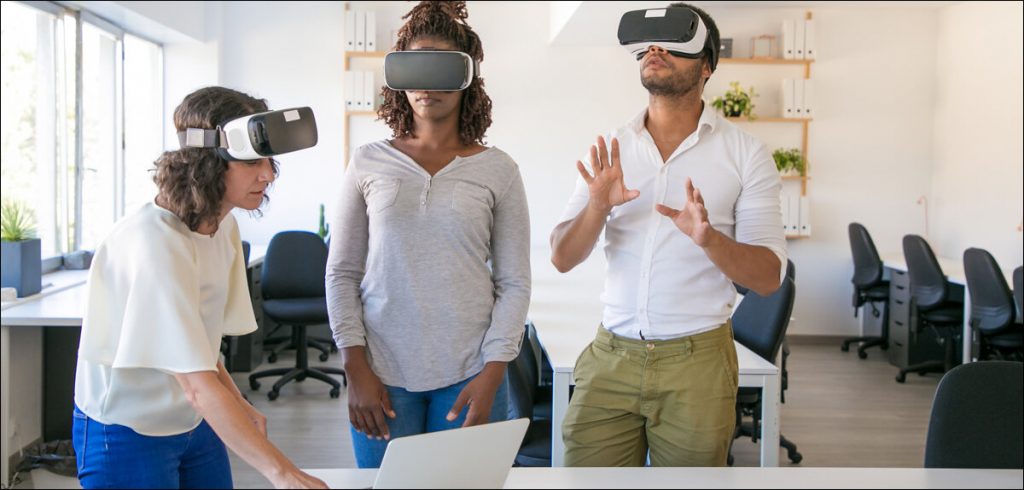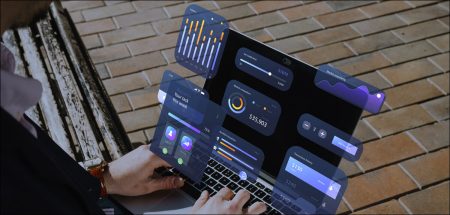By putting on a VR headset, one can virtually ‘walk’ around the structure, get a feel for the space, and even interact with different…
Architecture is an art. The beauty about it is that it transforms ideas and visions into reality. It emanates right from creating the initial design blueprints, followed by 2D and 3D designs, to physical models and visualizations. This architectural process aims at reinforcing the idea of turning an imagination into concrete reality.
But with growing technology, are there tools that can help architects bridge the gap between idea and reality?
Maquettes, an impressive feat of craftsmanship, have been the tool used in architectural design. It consists of sturdy wooden structures that reflect countless hours of delicate and meticulous construction, forming a miniature model that reflects the anticipated design.
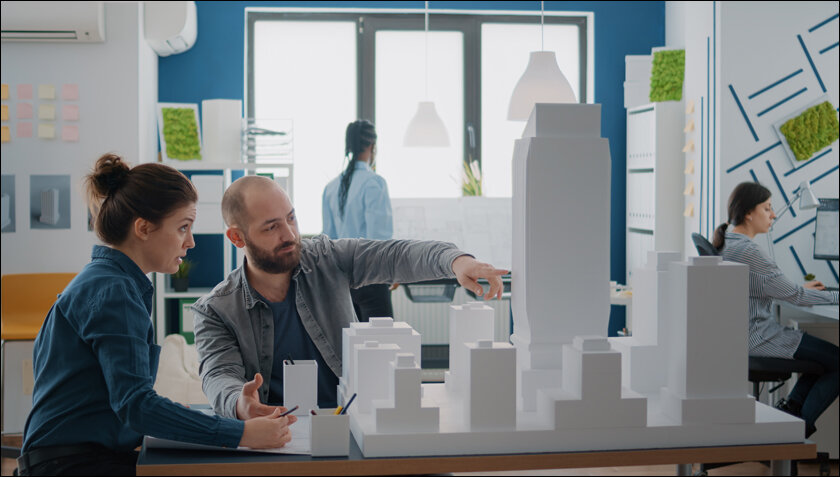
Architects, however, face their greatest challenge in convincing clients that their designs are in safe hands and that they will look exactly like or even better than the visualizations. Isn’t this the reality of creative design? Clients take a leap of faith when it comes to creative design.
With time, advancements and the rapid evolution of the technology landscape have shaped the field of architecture and design and helped architects get over their greatest hurdle. The emergence of virtual reality has become a tool that bridges the gap between ideas and reality. Moreover, it adds clarity and detail to architectural representations. Virtual reality has also made a paradigm shift in the different stages of architecture, from design conceptualization, development, real-time design monitoring, architectural representation, and building information modelling.
The most appealing aspect of virtual reality lies in its ability to create a fully immersive 3D environment. Far from 2D blueprints and some 3D models, virtual reality architectural projects allow both clients and architects to explore and experiment with the design.
By putting on a VR headset, one can virtually ‘walk’ around the structure, get a feel for the space, and even interact with different aspects of the design.
Virtual reality has emerged as a game-changing strategy, offering numerous benefits to architectural firms and clients.
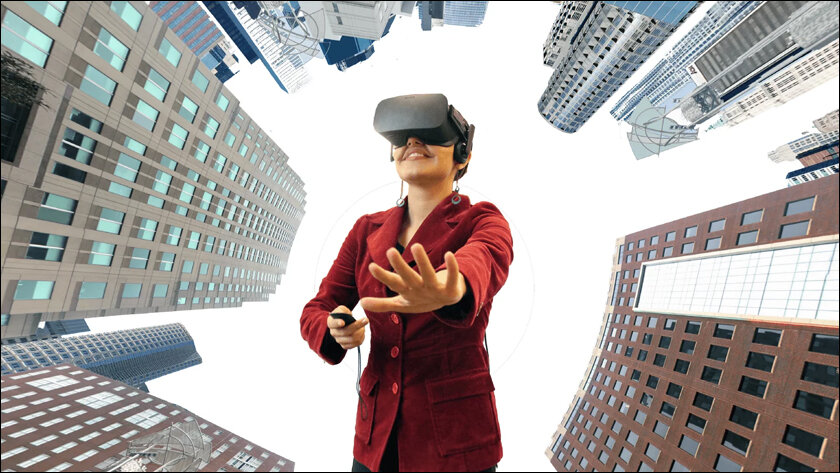
Enhanced design visualizations through immersion
Architects often face the challenge of communicating complex design concepts to clients who are unfamiliar and do not have a strong architectural background. This is where virtual reality comes into play. Architects can leverage this technology by creating immersive experiences that allow clients to virtually walk through spaces, exploring every detail of the design in 3D, including exploring lighting options in the design spaces at different times of day and interior decoration elements in unbuilt spaces.
Through lighting, architects can recreate natural and artificial lighting scenarios in virtual environments, allowing them to analyze the interaction between light and shadow, assessing the impact of aesthetics to optimize lighting and design from both a functional and design standpoint. This experience increases customer engagement, helps them understand the architect’s ideas, space layout, and experience design more effectively than with 2D plans.
Unmatched client experience
Beyond its immersive qualities, virtual reality has also made it possible for architects to create a story from their ideas. Customers benefit from a seamless and memorable user experience that provides them with precise insights into the scope and depth of decision-making. The “wow” moments that can be experienced by customers thanks to great designs are otherwise impossible to achieve using 2D models.
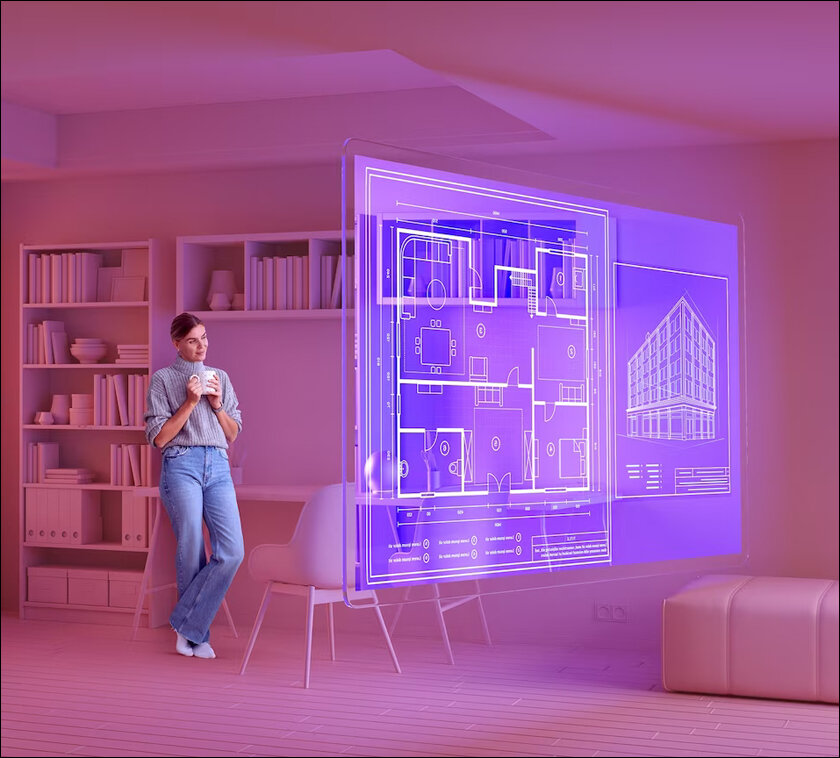
Enhanced communication
The improvement of communication between architects and clients has been made possible through the usage of virtual reality in architecture. Because virtual reality in architecture and design is interactive, users actively interact with it and provide detailed feedback. Fewer misunderstandings and modifications occur as a result of the clients having a deeper knowledge of the architect’s intent. Clients are no longer restricted to reading 2D blueprints, so they may provide more accurate input. Real-time feedback and smooth communication are also made possible via virtual design meetings.
Enhanced collaboration
There is a chance that architects, engineers, and contractors will disagree on how to approach a project. This frequently leads to misunderstandings and errors. Virtual reality addresses this issue by allowing for increased cooperation among architects, designers, engineers, and clients. Unlike the use of 2D models, it helps to provide a clear picture of what is required with greater detail and clarity.
Virtual reality throughout the design process allows every team to work more collaboratively and successfully. It allows the teams to experience the design before heading to construction, which makes them feel reassured that they are making informed decisions.
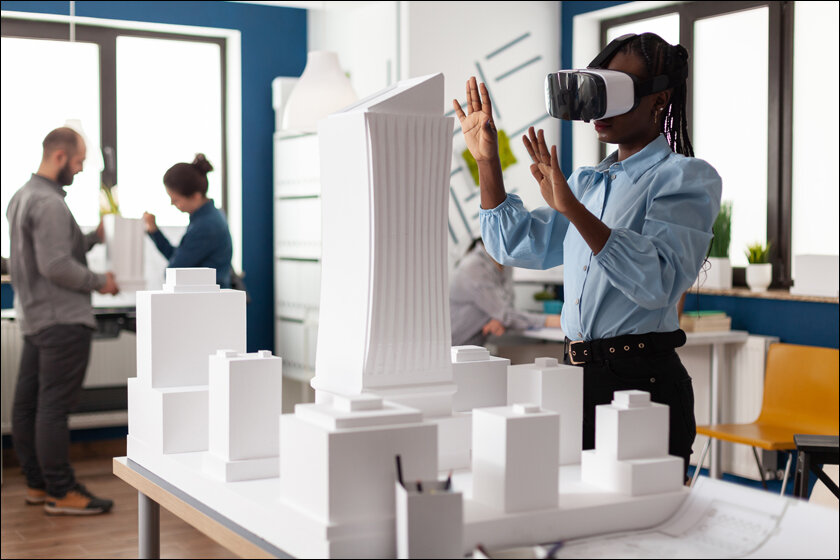
Final thoughts
There is no doubt that we live in a technology-driven world. In this age, architects and architectural firms should be accommodate change and embrace virtual reality as it offers many opportunities to improve collaboration, customer experience and visualization. Architects can take advantage of the opportunities offered by virtual reality to push the limits of creativity, improve design accuracy, and achieve exceptional results.
The architecture and design industry is quite competitive, therefore those who embrace virtual reality and the benefits it brings offers will definitely stay ahead of the pack by being at the forefront of innovation, delivering remarkable projects, and exceeding client expectations.
In case you missed:
- None Found



